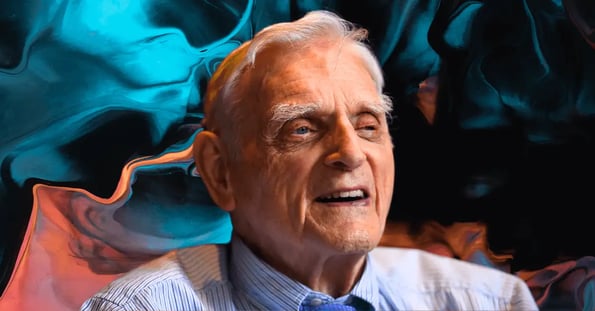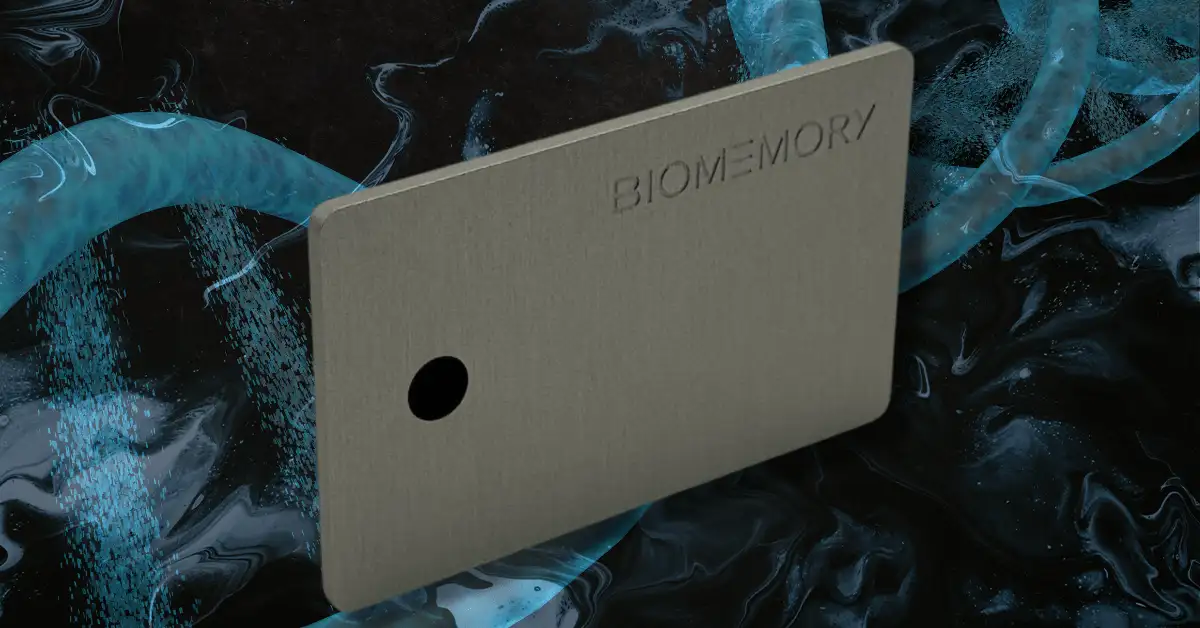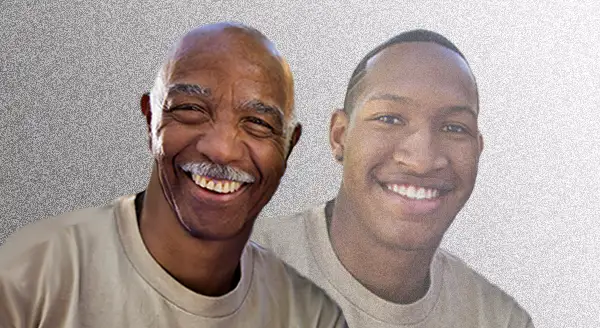You may not know much about Dr. John B. Goodenough, but you know about his body of work — in fact, you’re almost certainly holding it right now.

The Nobel Prize-winning scientist, whose breakthrough work on rechargeable lithium-ion batteries powers many of our devices, passed away Sunday at 100, per The New York Times.
A lasting impact
In 1980, Goodenough was researching battery designs at the University of Oxford. Four years of work resulted in improved batteries similar to the high-voltage, low-volatility ones in use today.
It wasn’t initially a hit — Oxford passed on the patent and Goodenough relinquished the rights to his discovery. In 1991, everything changed when Japanese scientists building upon his work produced a safe, commercialized lithium-ion battery.
Judging by the nest of charging cords in view while writing this, applications for those rechargeable batteries went wild: smartphones, laptops, and tablets, for starters.
- Also: Electric vehicles, defibrillators, wheelchairs, power tools, flashlights… and far more.
So, why isn’t Goodenough a household name?
His story is incredible — from growing up dyslexic to publishing eight books and 800+ scientific journal articles — but until the 2019 Nobel honor, Goodenough was “relatively unknown beyond scientific and academic circles and the commercial titans who exploited his work,” per NYT.
- Having signed over the rights to his work, Goodenough received no royalties for his battery innovation.
- By 2031, the global battery market is projected to be worth $298.1B.
His last decades as a University of Texas professor suggest missing out on the financial spoils didn’t phase him — Goodenough shared patents and donated award stipends to research.
His story isn’t over just yet: Goodenough stayed active into his late 90s developing a new superbattery he hoped could store and transport wind, solar, and nuclear energy.











